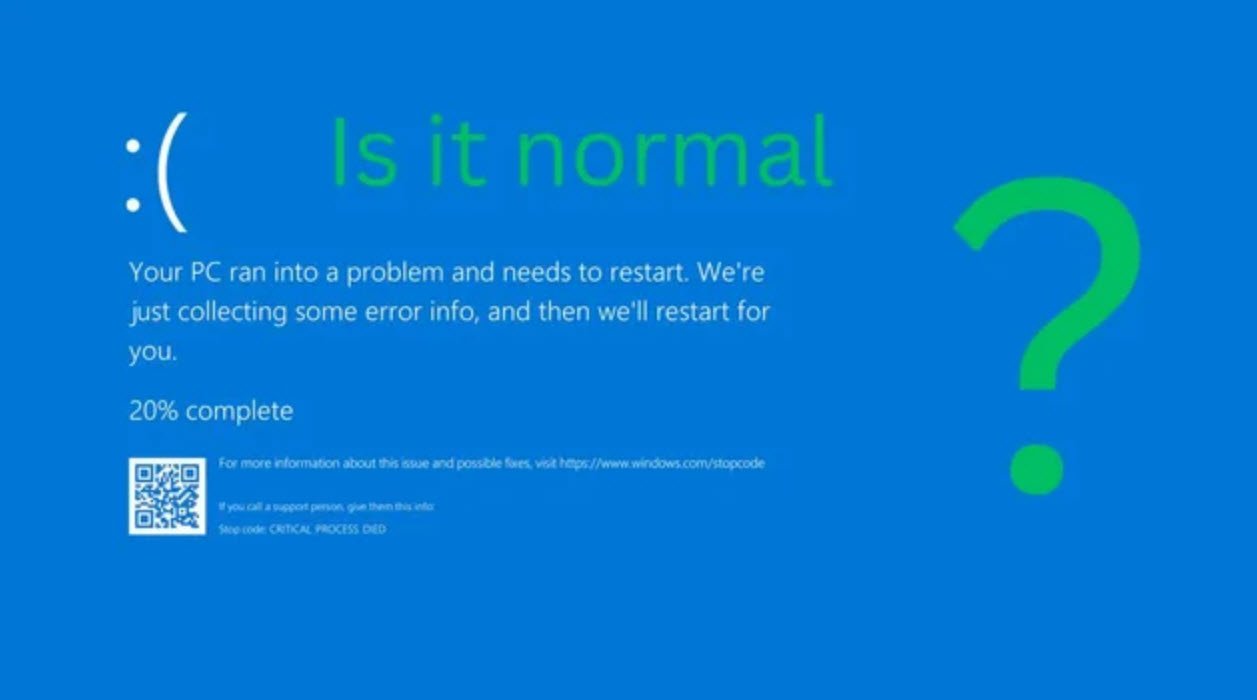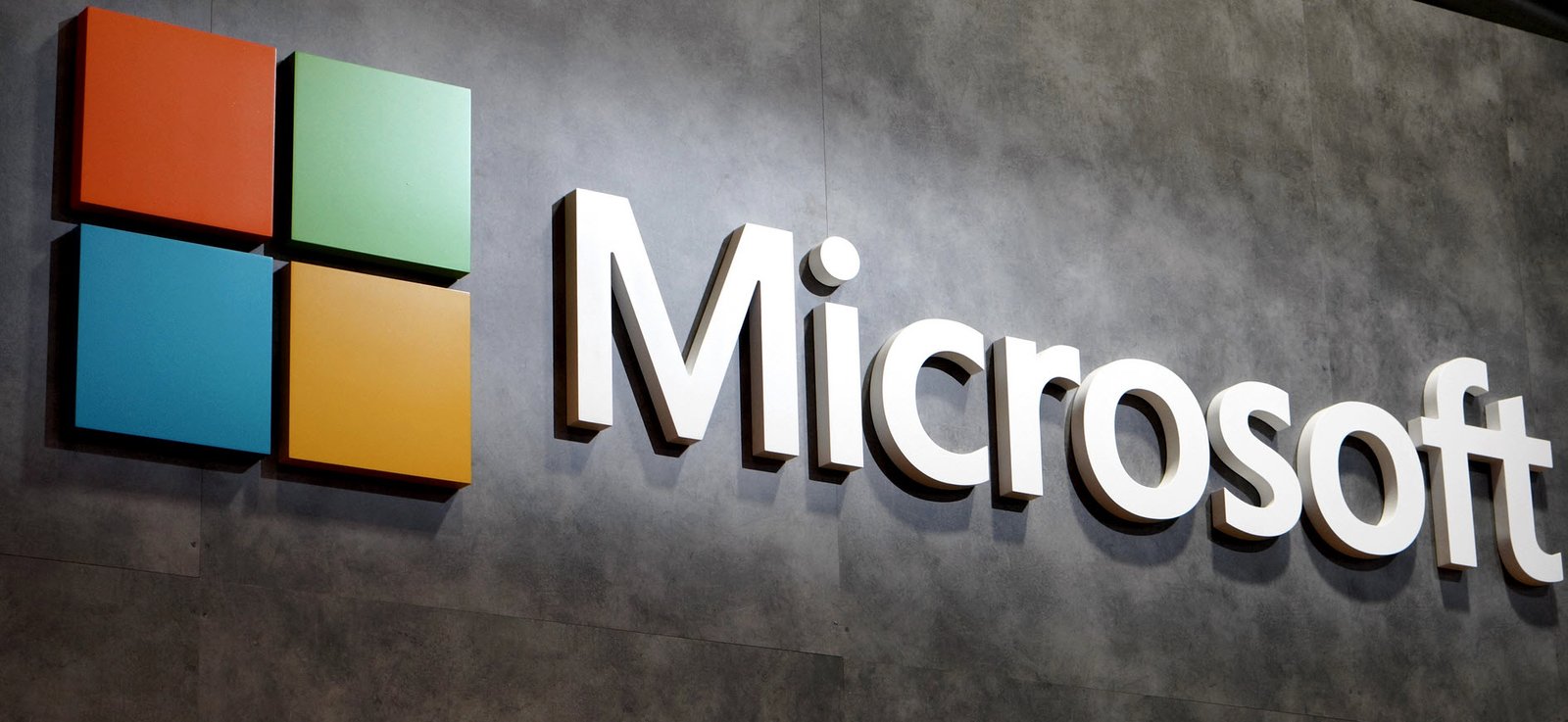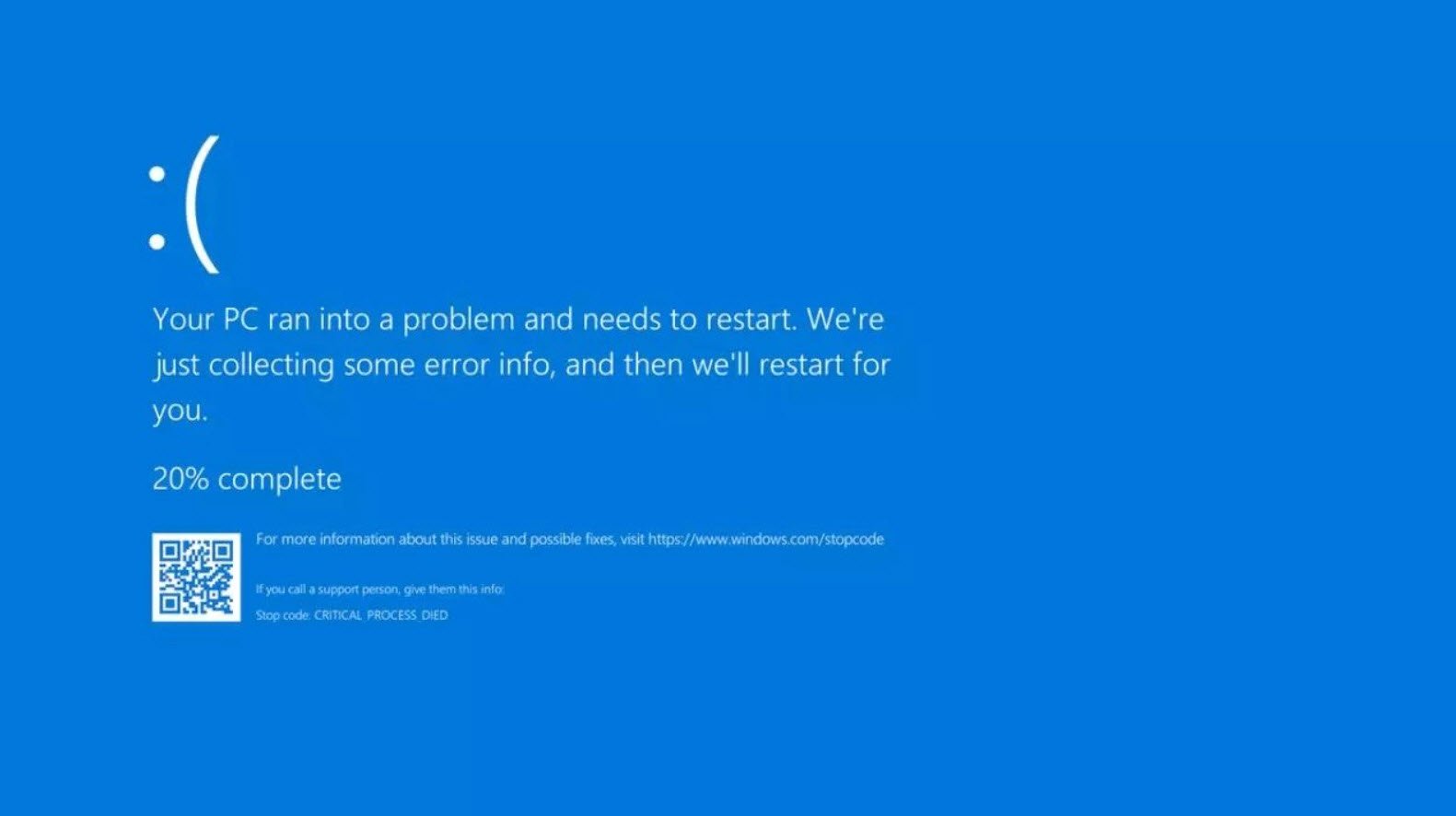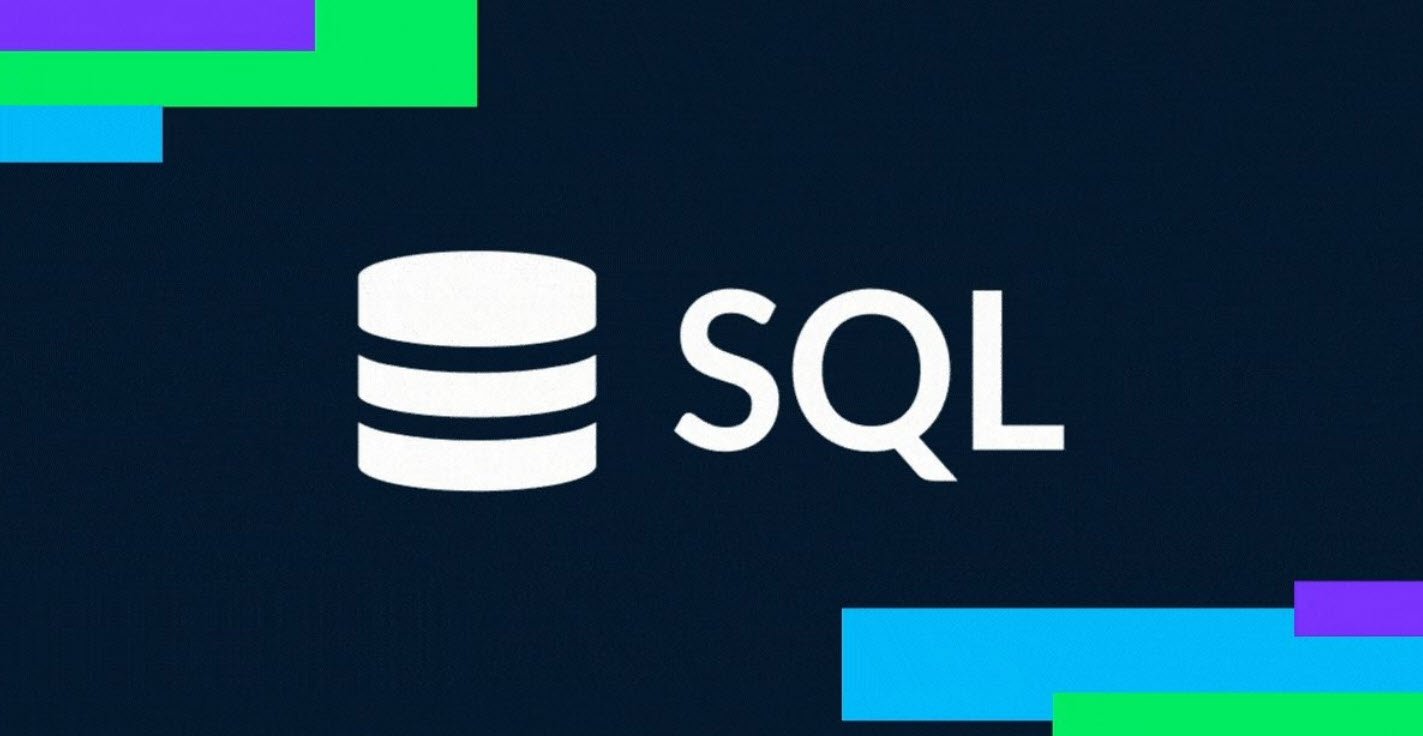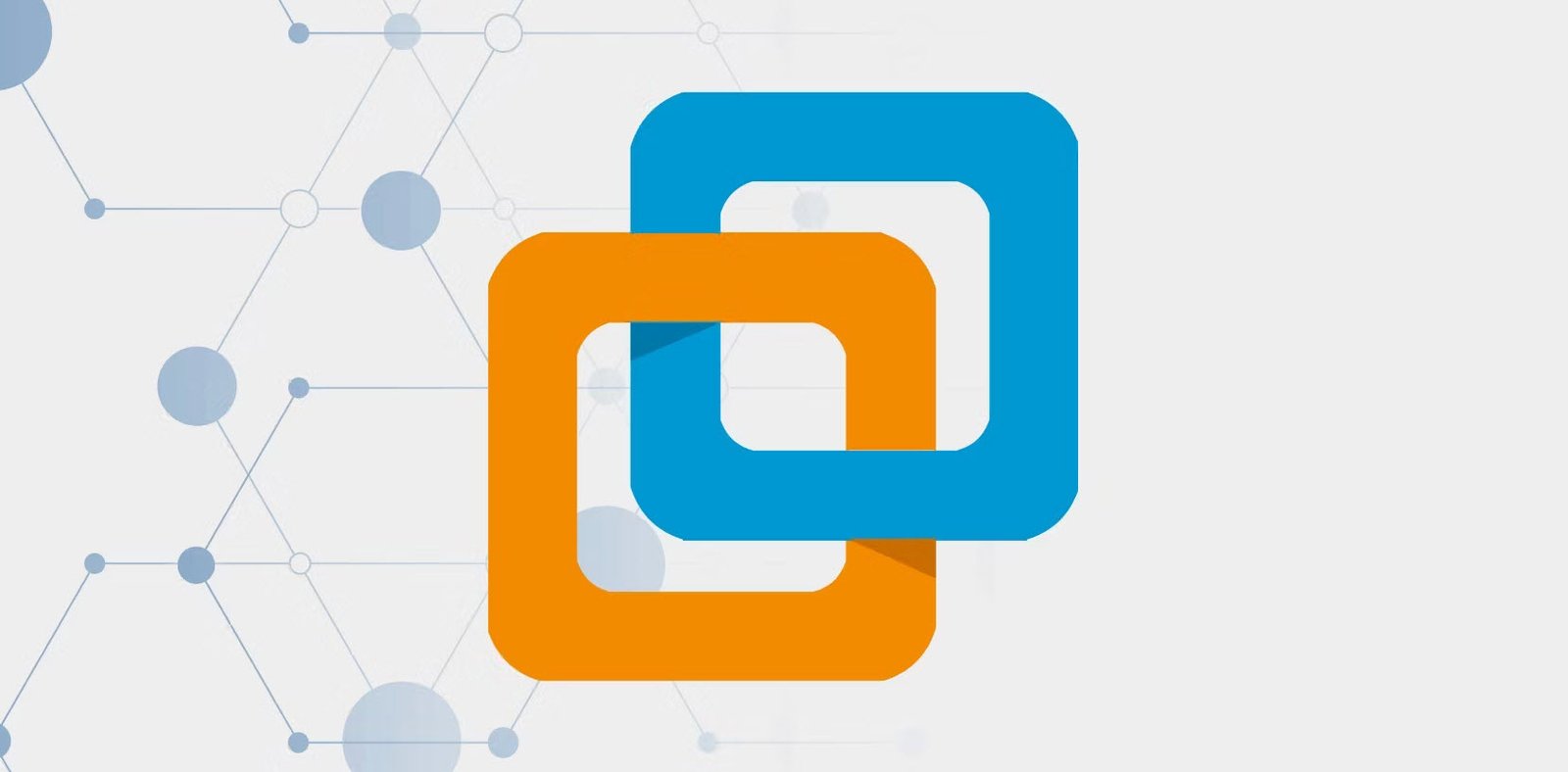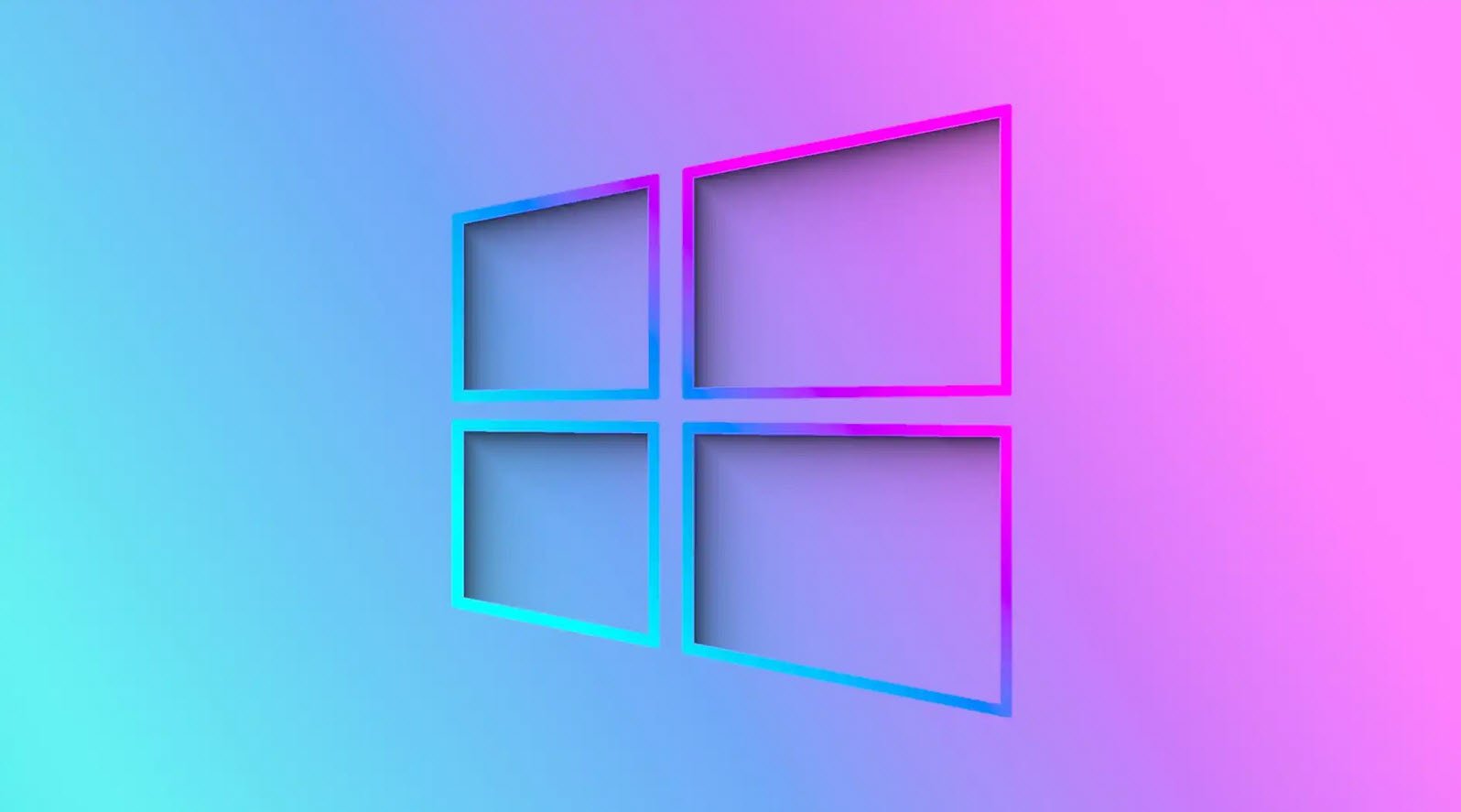
Python, a popular programming language, offers a wide range of features that make it an excellent choice for both beginners and experienced developers.
Here are some notable features of Python:
1. Easy-to-Learn
Python is renowned for its simplicity and readability. Its clean syntax and English-like keywords make it easy to understand and write code. Python’s emphasis on code readability reduces the learning curve, allowing programmers to quickly grasp the language and start building applications.
2. Easy-to-Read
Python’s syntax and structure are designed to enhance code readability. With fewer syntactical constructions and a consistent indentation style, Python code is highly legible, making it easier to understand and maintain. This readability promotes collaboration and code sharing among developers.
3. Easy-to-Maintain
Python’s clean and readable code not only makes it easy to learn and understand but also simplifies the process of maintaining and updating codebases. The language’s focus on simplicity and modularity allows developers to easily debug and modify code, reducing the time and effort required for maintenance.
4. Broad Standard Library
Python comes with an extensive standard library, providing a rich collection of modules and functions that address various programming needs. The standard library covers areas such as file handling, networking, web development, data manipulation, and more. This wealth of resources saves developers time and effort by eliminating the need to build functionalities from scratch.
5. Interactive Mode
Python offers an interactive mode, allowing developers to experiment, test code snippets, and get immediate feedback. The interactive shell, also known as the Python REPL (Read-Eval-Print Loop), enables programmers to write code and see the results in real time. This interactive mode fosters an iterative and exploratory programming approach.
6. Portable
Python is highly portable and runs on various platforms, including Windows, macOS, Linux, and more. Developers can write code on one platform and run it on another without significant modifications. This portability ensures that Python applications can be deployed across different systems seamlessly.
7. Extendable
Python supports seamless integration with other languages, enabling developers to combine Python code with modules or libraries written in languages like C, C++, or Java. This flexibility allows leveraging existing codebases and taking advantage of specialized libraries to enhance Python’s functionality.
8. Databases
Python offers robust support for working with databases. It provides libraries such as SQLite, MySQL, and PostgreSQL, allowing developers to interact with databases, perform queries, and handle data efficiently. Python’s database integration simplifies tasks such as data storage, retrieval, and manipulation.
9. GUI Programming
Python supports various frameworks and libraries, such as Tkinter, PyQt, and wxPython, for developing Graphical User Interfaces (GUIs). These tools enable developers to create desktop applications with rich user interfaces, enhancing user experience and expanding the range of Python applications.
10. Scalable
Python can handle projects of different scales, from small scripts to large-scale applications. Its flexibility and versatility allow developers to start small and gradually scale up as project requirements grow. Python’s scalability makes it suitable for diverse use cases, from web development to scientific computing and data analysis.
Python’s extensive feature set and its vibrant community make it a powerful and widely-used programming language. Its simplicity, readability, and flexibility contribute to its popularity and the ever-growing ecosystem of libraries and frameworks available to developers.
You may also like:- How To Fix the Crowdstrike/BSOD Issue in Microsoft Windows
- MICROSOFT is Down Worldwide – Read Full Story
- Windows Showing Blue Screen Of Death Error? Here’s How You Can Fix It
- A Guide to SQL Operations: Selecting, Inserting, Updating, Deleting, Grouping, Ordering, Joining, and Using UNION
- Top 10 Most Common Software Vulnerabilities
- Essential Log Types for Effective SIEM Deployment
- How to Fix the VMware Workstation Error: “Unable to open kernel device ‘.\VMCIDev\VMX'”
- Top 3 Process Monitoring Tools for Malware Analysis
- CVE-2024-6387 – Critical OpenSSH Unauthenticated RCE Flaw ‘regreSSHion’ Exposes Millions of Linux Systems
- 22 Most Widely Used Testing Tools

